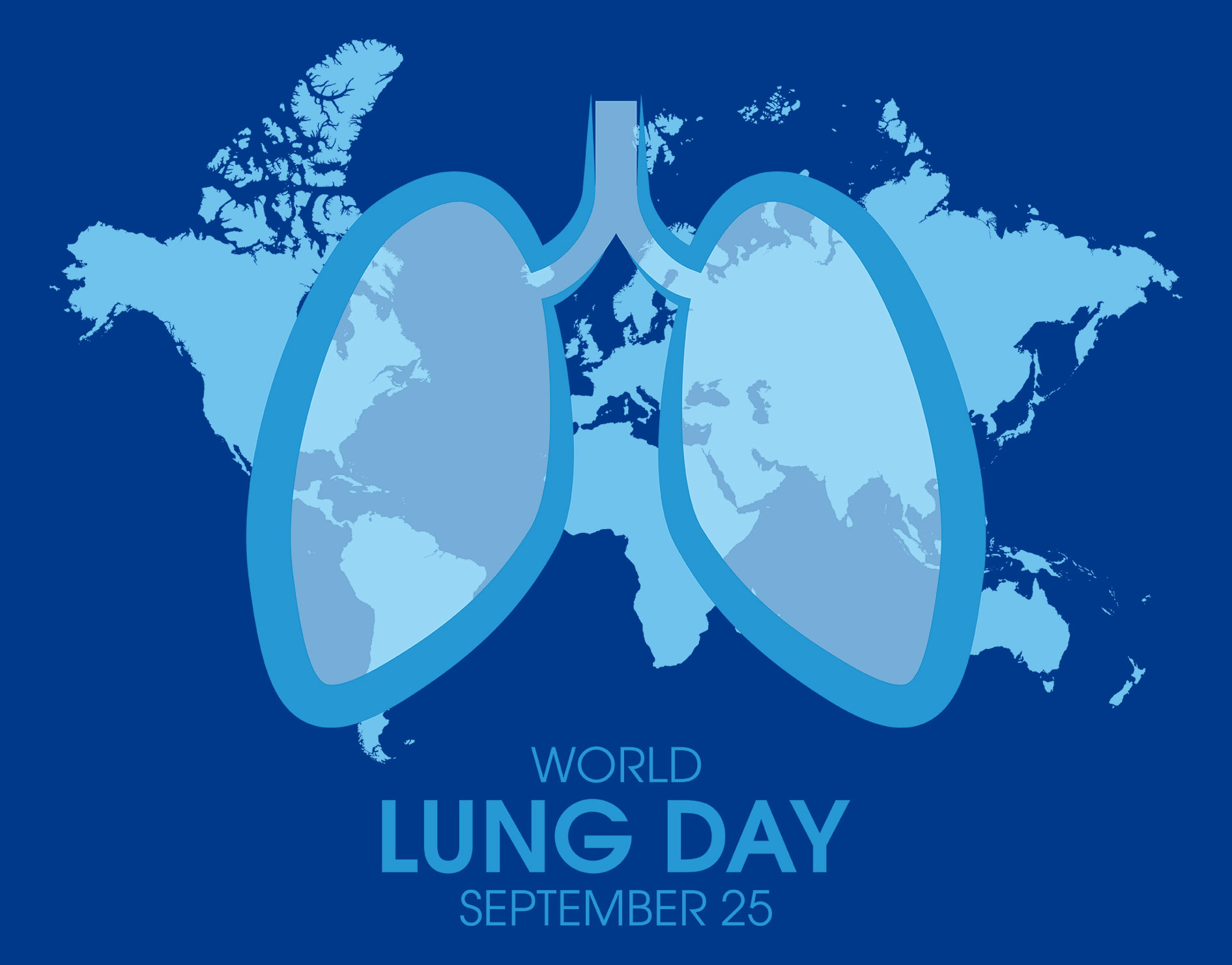 World Lung Day is September 25, and The Wellness Coalition is taking this observance as an opportunity to remind everyone about the dangers of tobacco smoke.
World Lung Day is September 25, and The Wellness Coalition is taking this observance as an opportunity to remind everyone about the dangers of tobacco smoke.
Toxins in tobacco smoke harm the body from the moment they enter through the mouth and nose. They damage tissue and cells all the way to the lungs. When cigarette smoke is inhaled, chemicals from the smoke are absorbed in the lungs. As a result, smoking:
- Causes lung diseases, including the majority of cases of chronic obstructive pulmonary disease (COPD)
- Makes chronic lung diseases more severe; and increases the risk for respiratory infections
Although the lung has ways to protect itself from injury by inhaled agents, these defenses are overwhelmed when cigarette smoke is inhaled repeatedly over time. After years of exposure to cigarette smoke, lung tissue becomes scarred, loses its elasticity, and can no longer exchange air efficiently.
Adults who smoked as teenagers can have lungs that never grow to their potential size and never perform at full capacity. This happens because the lungs of young people are still growing, but the chemicals in cigarette smoke slow down lung growth. Such damage is permanent, and increases the risk of COPD later in life.
COPD
Lung injury from tobacco smoke leads to the development of COPD, the nation’s third largest killer. People with COPD have damaged airways and slowly die from lack of oxygen. Eight out of 10 cases of COPD are caused by smoking. The number of Americans suffering from COPD is increasing and there is no cure for this disease. Also, more women are dying from COPD than men, and women appear more likely to develop severe COPD at younger ages.
Tuberculosis
Tuberculosis (TB) is a common bacterial infection that usually attacks the lungs and is spread through the air when people with the disease cough or sneeze. There is now sufficient evidence to conclude that smoking increases a person’s risk of getting TB. Smokers who have had TB are more likely than nonsmokers to have a recurrence of their TB, and smokers with active TB are more likely to die from it than are nonsmokers who have the disease.
Asthma
Asthma is the most common chronic disease of childhood and is also very common among adults. The disease usually begins during childhood, but can start at any age. Asthma restricts airways and obstructs air flow, which results in wheezing and coughing. Exposure to secondhand smoke can trigger an asthma attack in both children and adults. A severe asthma attack can put a child’s life in danger.
Lung Cancer
Lung cancer is the number one cancer killer of both men and women in the United States. The first Surgeon General’s Report on smoking and health in 1964 found that smoking was a cause of lung cancer in men. Since that time, risks for developing lung cancer have risen steadily among smokers, and have risen dramatically among women smokers. Changes in the design and contents of cigarettes over the last 50 years have contributed to higher lung cancer risks among smokers.
Quit Smoking for Healthy Lungs
Although we don’t know exactly which smokers may develop lung disease from smoking, your patients and clients should know that smoking is very dangerous to lung health, and that many serious chronic diseases of the lung are caused by smoking. Children and teens who smoke can damage their lungs for life. Quitting smoking improves lung function and reduces the risk of lung infections.
Free help is available to smokers at 1-800-QUITNOW, and at thewellnesscoalition.org/tobacco.
